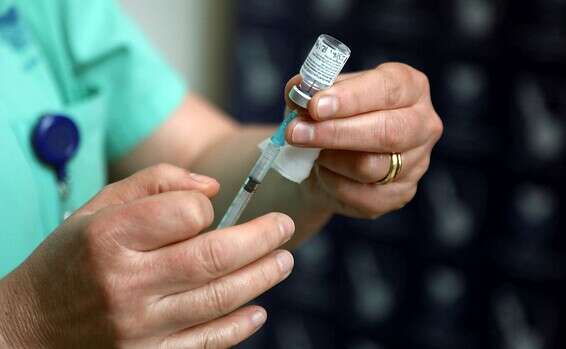A silent epidemic is raging in the U.S. — and this time it's not a new variant of COVID-19 or bird flu, but what might be called "chair disease." A recent study by experts from well-known institutions, published in the American Journal of Medicine, revealed an alarming link between physical inactivity, social vulnerability and unhealthy behaviors. We used ChatGPT to summarize the conclusions.
Dr. Ross Arena, a leading expert at the University of Illinois at Chicago and founder of the Healthy Living for Epidemic Protection Network (HL-PIVOT), paints a clear picture of the situation. He said the findings point to a crisis within a crisis — an epidemic of physical inactivity, exacerbated by the challenges of COVID-19.
The lockdowns and social distancing that accompanied the COVID-19 crisis unwittingly contributed to a reduction in physical activity levels across the country, which have already remained low throughout the past decade despite increasing attempts to raise awareness of the importance of such activity. Dr. Erna emphasizes the urgency of the situation, calling for a collective effort against physical inactivity.
To understand the nuanced relationship between social vulnerability and physical inactivity, researchers conducted a comprehensive spatial analysis. By comparing region-level data on physical inactivity with the Social Vulnerability Index (SVI) and taking regional cultural nuances into account, the study revealed significant findings: first, the prevalence of physical inactivity is significantly affected by social vulnerability, particularly in connection with socioeconomic status and household characteristics; Second, the U.S. nations model revealed clear regional gaps in social vulnerability, creating a "social vulnerability belt" across the southern U.S. and concerns in northern and western Alaska; And third, the distribution of the social vulnerability index corresponds to the prevalence of physical inactivity, indicating a regional cultural influence on these negative phenomena.
These findings highlight the complexity of factors influencing lifestyle choices, including cultural and geographical strata, historical influences, and migration patterns, and emphasize the need for tailored solutions for different populations according to geographic areas and other characteristics. Dr. Nicholas P. Pronk, President and Chief Scientific Officer of HealthPartners, emphasizes the need to shift from a generic recommendation approach to a nuanced approach that takes into account individual motivations and decision-making factors.
Wrong? We'll fix it! If you find a mistake in the article, please share with us

